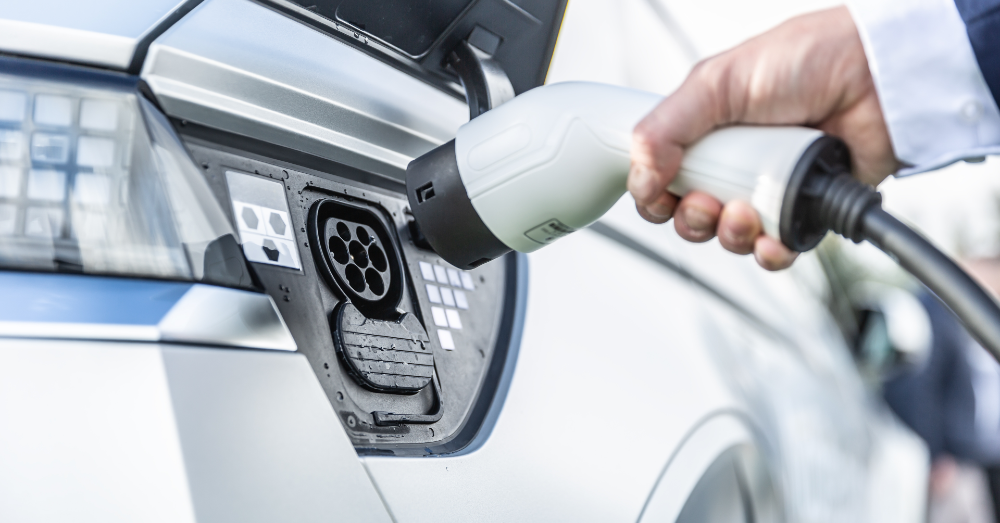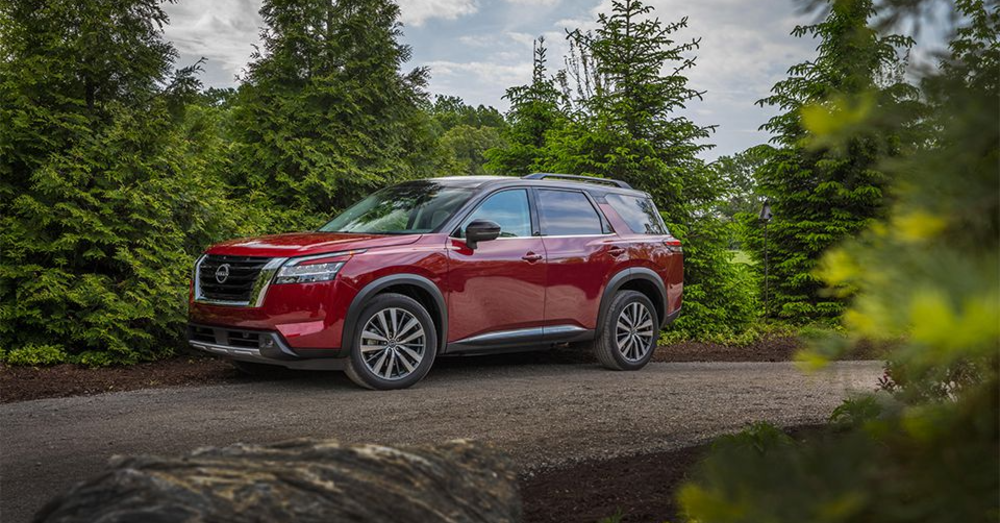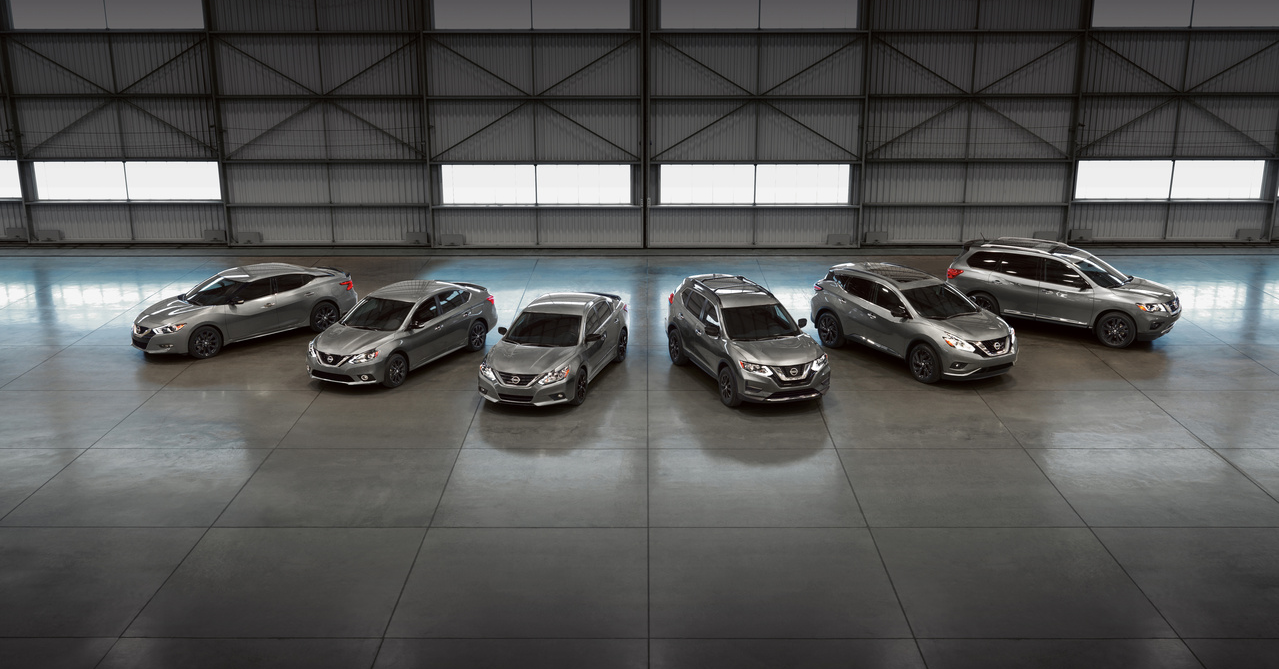Unless you’re meticulously caring for your current daily ride, you’ll likely buy an electric car in the future. This means understanding EV charging.
If you think of different levels of charging, like the different grades of gas at a pump, well, you’ll be in the wrong ballpark. Most of us never use the premium two pumps unless we need to. When it comes to charging an electric car, you’ll want the fastest and most comprehensive charge available to you. This means you should understand what type of charger you’re using and how long it might take to power up your ride.
How Difficult is it to Charge an EV?
Have you ever pumped your own gas at a gas station? If so, you can charge an electric car. The charging ports are made to look a lot like the gas pumps we’re used to, and they plug in easily and snugly to ensure a confident and complete charge. Once you’ve got the car plugged in, you don’t have to do much else except wait. This is the most difficult part of powering up an electric car, but you might want to know just how long you’ll wait for the batteries to be full.
How Many Levels of Charging Are There?
Currently, there are three charging levels for electric vehicles. Surely, there will be a fourth and possibly a fifth down the road, but right now, we have three. These three EV charging levels are called Level 1, Level 2, and Level 3. That should make things pretty simple for you. Let’s dig in and figure out which charging level you’ll use the most and what you should expect from each one.
Level 1 Charging
If you buy an electric car, you must have a way to charge it at home. This is what makes EVs so popular and practical; they can charge overnight while you sleep and give you a full battery in the morning. Since the beginning of electric cars, Level 1 charging has been part of the mix. This charging uses a typical household 120-volt power outlet. This makes charging pretty easy and convenient, but it is the slowest rate at which you can charge an EV.
When using Level 1 charging, the batteries receive two to four miles of added driving range per hour. That doesn’t seem very efficient. If you use most of the charge in an electric car every day, you’ll only receive between 16 and 32 miles of charge during an eight-hour overnight charge. If you don’t drive very often, this might be fine for you, but there are other drawbacks. Because Level 1 charging takes so long, you’ll probably pay more to use this slow charging speed than you would if you set up a Level 2 charger in your home. Also, you can’t use an extension cord with a Leve 1 charger. The extension cord could cause the charging equipment to fail and stop working, turning your EV into a large paperweight.
Level 2 Charging
In the advanced EV market we live in today, Level 2 charging is the most common. If you set up an at-home charging system, this is the type of EV charging you’ll have. It wouldn’t come as a surprise if, in the future, additional 240-volt outlets become commonplace in home construction for this purpose. Most modern EVs can charge during a six to eight-hour cycle from empty to full using a Level 2 charger. This is the ideal charging setup for your home charger, and it uses the same amount of power as your clothes dryer.
It’s important that the charging equipment installed in your home match your EV’s limitations. Some Level 2 chargers can send power to the electric car at three times the rate of others, but if your car isn’t equipped to handle the higher rate of power, it’s wasted on your vehicle and will cost you more than you should pay to charge your EV. Many automakers are currently offering free installation of the charging equipment necessary to set up your Level 2 at-home charger, provided you have a dedicated 240-volt outlet installed. If you want to enjoy your electric car every day, you need a Level 2 charger installed at your home.
Level 3 Charging
The fastest of the EV charging levels is Level 3. This is also known as DC Fast-Charging, and it’s only available at some public charging stations. Keep in mind some stations are set up with Level 2 chargers, which take much longer. DC Fast-Charging is great for long road trips when you need to add some driving range to the EV quickly. Depending on your electric car and the capability of the charger, you could add between 100 and 250 miles of range in as little as 30-45 minutes.
Many automakers are now offering the fast-charging statistics to give you a better idea of just how long you’ll wait at the charging station. There’s a pretty wide range of charging currents for Level 3, ranging from 50 kW to 350 kW, depending on the charger. In most EVs, when the battery nears 80 percent capacity, the charging rate slows down at Level 3 chargers. This is done to prevent overheating or overcharging using this faster rate of charge. If you want to wait around to see the battery hit 100% charge, it might take just as long as it did to go from 10 to 80 percent because of this safety feature.
Are All EV Charging Connectors the Same?
No, they are not. Typically, you’ll find three different types of connectors for your electric car. If you drive a Tesla, you’ve got a specific connector that can only be used at Tesla Supercharging stations. Most Tesla models offer a connector to allow drivers to use other charging stations as well. Most other models have an adapter to plug into Tesla chargers but will only receive Level 2 charging at best.
For the non-Tesla crowd, the Level 2 charging connector is called a J1772 connector. This works for Your home charger and public locations equally. The DC Fast-Charging hookup is called an SAE Combo or CSS. It uses the same J1172 socket but has two additional pins for the DC Fast-Charging capability.
Only a few cars use the third type of connector, which is called CHAdeMO. The Nissan Leaf is one of them, but the Leaf also uses a J1772 port. The CHAdeMO is becoming extinct, and Nissan won’t offer it in the new Ariya SUV. This will leave only two connectors for your EV charging needs for now.
This post may contain affiliate links. Meaning a commission is given should you decide to make a purchase through these links, at no cost to you. All products shown are researched and tested to give an accurate review for you.




